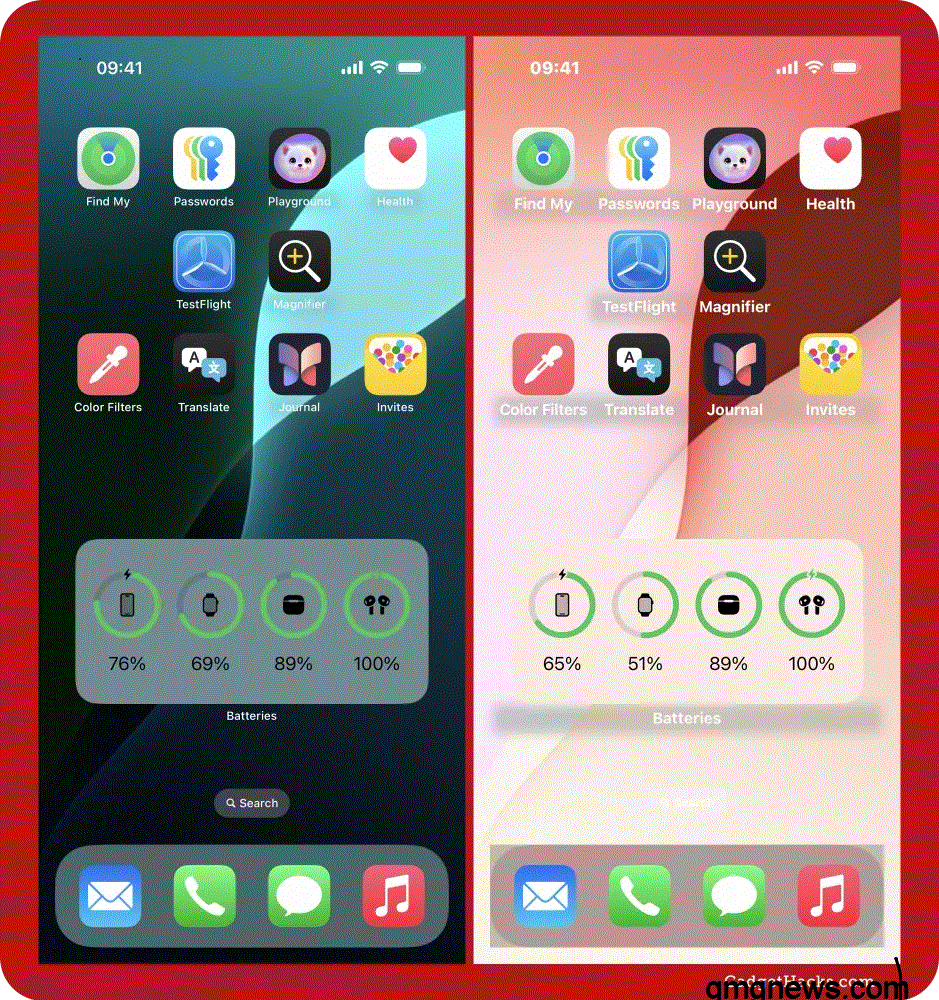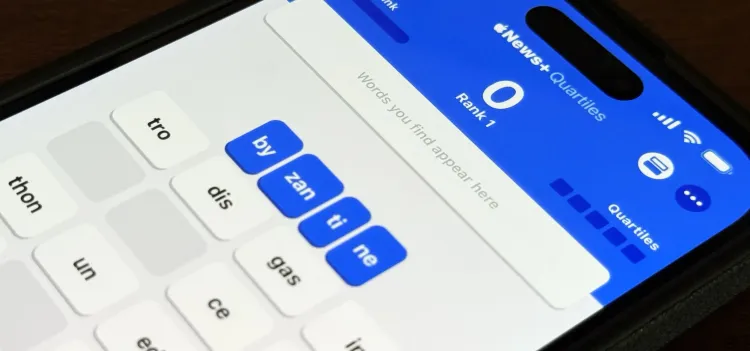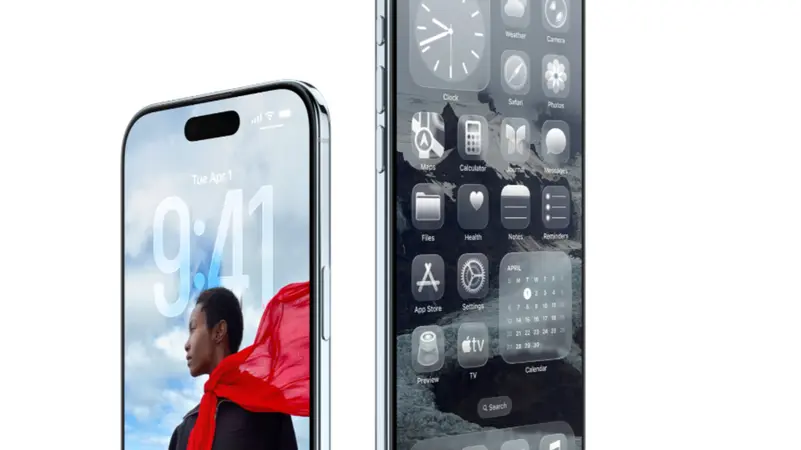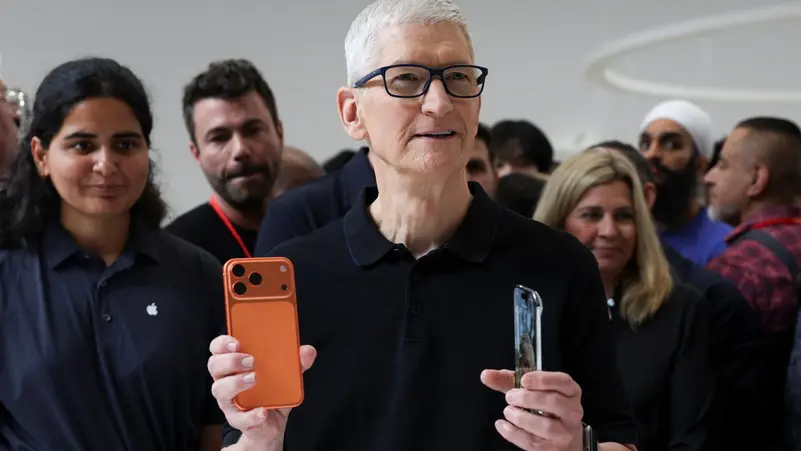Do You Really Need a 5G Smartphone? A Deep Dive into the Future of Mobile Connectivity
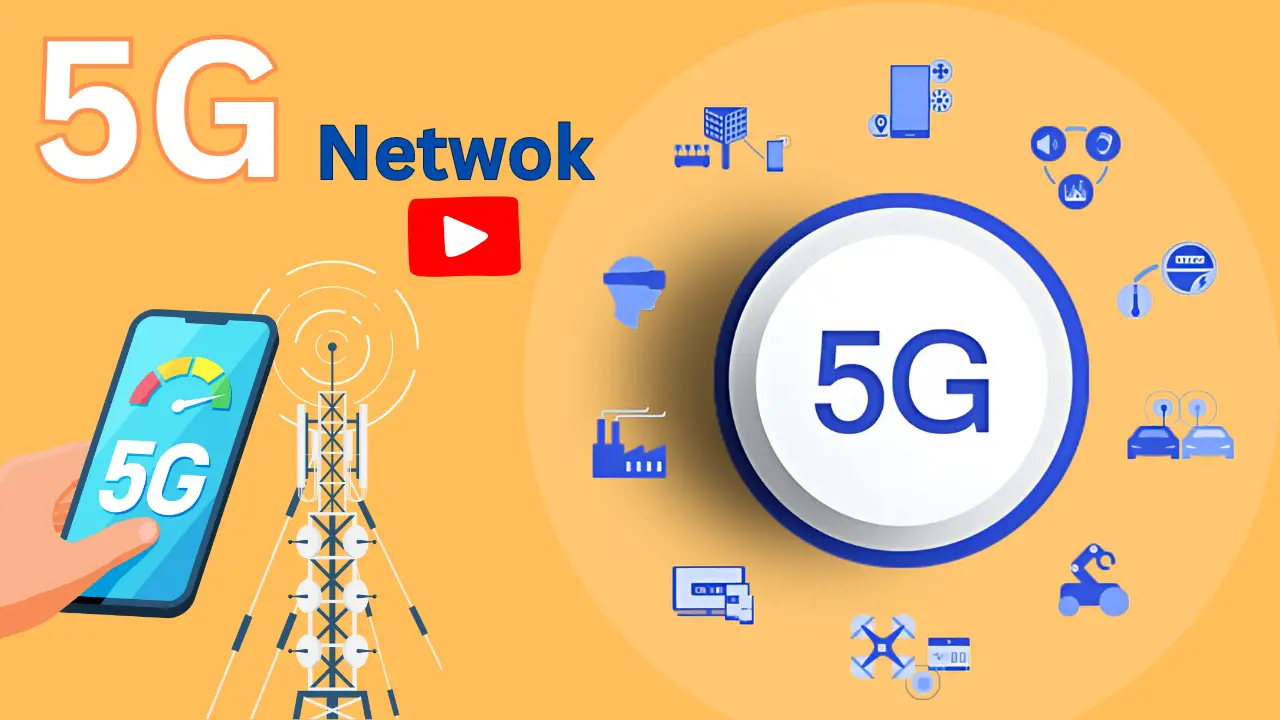
The smartphone industry is always evolving. Every year, new models promise faster performance, better cameras, and smarter features. But one of the biggest selling points over the past few years has been 5G connectivity. Everywhere you look, smartphone brands emphasize “5G ready” as if it is the most essential feature you must have. But the question remains: do you really need a 5G smartphone right now, or is it just clever marketing?
In this article, we will explore what 5G really means, how it works, the advantages and limitations of owning a 5G smartphone today, and whether it is worth upgrading if your current device still serves you well.
What Exactly Is 5G?
5G stands for the fifth generation of wireless technology, following 4G LTE, which has been the global standard since around 2010. Unlike 4G, which primarily focused on increasing data speeds, 5G is designed to revolutionize connectivity as a whole. It promises ultra-fast download and upload speeds, reduced latency (meaning less delay in communication between devices), and the capacity to connect billions of devices seamlessly.
5G operates across three main spectrum bands: low-band, mid-band, and high-band (also known as millimeter wave). Low-band 5G provides widespread coverage but only slightly faster speeds compared to 4G. Mid-band 5G balances speed and coverage, while high-band 5G offers lightning-fast speeds but limited range and poor building penetration.
This layered structure means your 5G experience can vary significantly depending on where you live and what network you are connected to.
How Fast Is 5G Compared to 4G?
Speed is the biggest marketing pitch for 5G. While 4G LTE typically provides speeds between 30 Mbps and 100 Mbps, 5G can theoretically reach up to 10 Gbps. In real-world scenarios, however, most users see speeds between 200 Mbps and 1 Gbps, depending on the band and coverage.
This makes 5G capable of downloading a full-length HD movie in seconds, streaming 4K or even 8K video without buffering, and playing cloud-based games with minimal lag. But speed alone does not tell the whole story. The question is: do everyday smartphone users really need such blazing-fast connections right now?
Real Benefits of 5G Smartphones
Owning a 5G smartphone can certainly have advantages, especially if you live in a city with strong 5G coverage. Some of the benefits include:
-
Future-proofing your device: Buying a 5G smartphone ensures your device will remain compatible with network upgrades for the next several years.
-
Better streaming and gaming experiences: If you consume high-quality video or play cloud games like Xbox Cloud Gaming or NVIDIA GeForce Now, 5G can provide smoother, lag-free experiences.
-
Enhanced video calls: With the rise of remote work and virtual communication, 5G ensures high-definition video calls without interruptions.
-
IoT ecosystem support: 5G can connect more devices simultaneously, which becomes useful if you use smart home technology.
The Limitations of 5G Smartphones Today
Despite the hype, 5G is not a perfect technology yet. Many limitations make it less compelling for the average user:
-
Limited coverage: In many regions, true high-speed 5G is only available in major cities, and even then, coverage can be patchy. Rural areas often rely on low-band 5G, which feels similar to 4G.
-
Battery drain: 5G consumes more power than 4G, meaning smartphones may drain faster, especially in areas with unstable signals.
-
Expensive plans: Some carriers charge more for 5G data plans, which might not be worth it if you rarely notice the difference in speed.
-
No “killer app” yet: While 5G promises futuristic experiences like augmented reality, autonomous cars, and smart cities, most of these innovations are still years away from mainstream adoption.
Do You Really Need 5G Right Now?
For most people, the honest answer is no, not yet. If your current 4G smartphone works well and meets your needs, upgrading to a 5G model will not dramatically change your daily life.
Browsing the web, using social media, watching videos, or chatting with friends works perfectly fine on 4G. Unless you are a heavy gamer, a professional who relies on real-time cloud services, or someone living in an area with excellent 5G coverage, the benefits may not justify the cost of upgrading.
The Marketing Trap of 5G
Smartphone companies are aware that the average consumer does not always upgrade for necessity but rather for fear of being left behind. By labeling new devices as “5G ready,” brands create urgency, making you feel your current phone is outdated. This is a psychological strategy to push sales, even if the practical benefits of 5G are not yet essential.
When Will 5G Be Truly Essential?
5G will become a must-have technology in the near future, but not immediately. Over the next 3 to 5 years, as networks expand, devices become more efficient, and new applications emerge, 5G will gradually transform from a luxury into a necessity.
Innovations like augmented reality shopping, smart healthcare devices, connected vehicles, and advanced mobile gaming will eventually depend on the low latency and high bandwidth that only 5G can provide. When these technologies go mainstream, owning a 5G device will be unavoidable.
Should You Upgrade Now or Wait?
If you are planning to buy a new smartphone anyway, it makes sense to choose a 5G-compatible model to future-proof your purchase. Most new mid-range and flagship phones already support 5G at no extra cost compared to 4G models.
However, if your current device is relatively new and still performs well, there is no urgent reason to switch. You may want to wait until coverage improves in your area and when 5G features become truly indispensable.
5G smartphones represent the next step in mobile connectivity, but for most users, the leap from 4G to 5G is not as dramatic as marketers want you to believe. While 5G offers undeniable advantages—faster speeds, lower latency, and future potential—the reality today is that many people will not fully benefit from these features yet.
So, do you really need a 5G smartphone right now? Probably not. But in the coming years, as the digital landscape continues to evolve, having 5G in your pocket will eventually become the standard rather than the exception.

